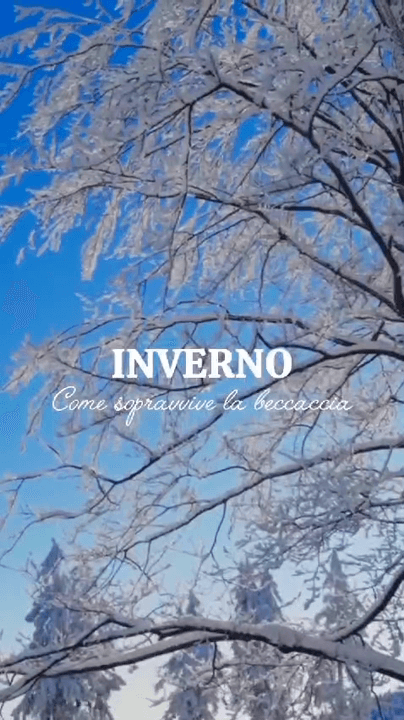
Boykin Spaniel Hunting Dog: Traits, Training & Field Performance 🐾 The Boykin Spaniel hunting dog is a compact, versatile, and highly trainable breed developed in the swamps of South Carolina for wa
Post: 1 August 22:56

Post: 1 August 22:56

Post: 25 December 22:59

Post: 1 March 23:13

Post: 20 July 08:27

Post: 24 December 14:12

Post: 29 December 23:30

Post: 6 August 20:20

Post: 3 January 11:06

Post: 8 September 11:30

Post: 24 July 10:25

Post: 20 July 18:58

Post: 31 August 10:52

Post: 23 September 10:19

Post: 21 November 09:20

Post: 4 October 09:28

Post: 16 January 15:32

Post: 30 May 06:32

Post: 30 June 08:48

Post: 13 June 10:45

Post: 4 December 23:28

Post: 13 January 14:56

Post: 23 August 22:03

Post: 21 August 05:57

Post: 15 August 18:54

Post: 14 December 23:42

Post: 8 September 10:42

Post: 28 November 09:12

Post: 17 June 06:10

Post: 24 January 09:32

Post: 26 December 10:16

Post: 6 March 12:27

Post: 14 August 17:42

Post: 24 January 15:18

Post: 19 October 10:38

Post: 11 September 13:37

Post: 12 June 15:36

Post: 29 January 03:14

Post: 28 November 18:22

Post: 28 October 12:54

Post: 13 August 09:09

Post: 12 August 14:22

Post: 9 March 15:58

Post: 30 August 17:52

Post: 18 December 15:01

Post: 29 December 17:11

Post: 1 September 11:05

Post: 10 September 06:13

Post: 22 August 08:18

Post: 3 July 06:06

Post: 21 June 14:31